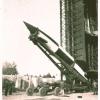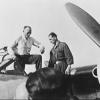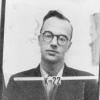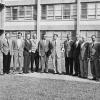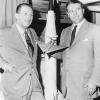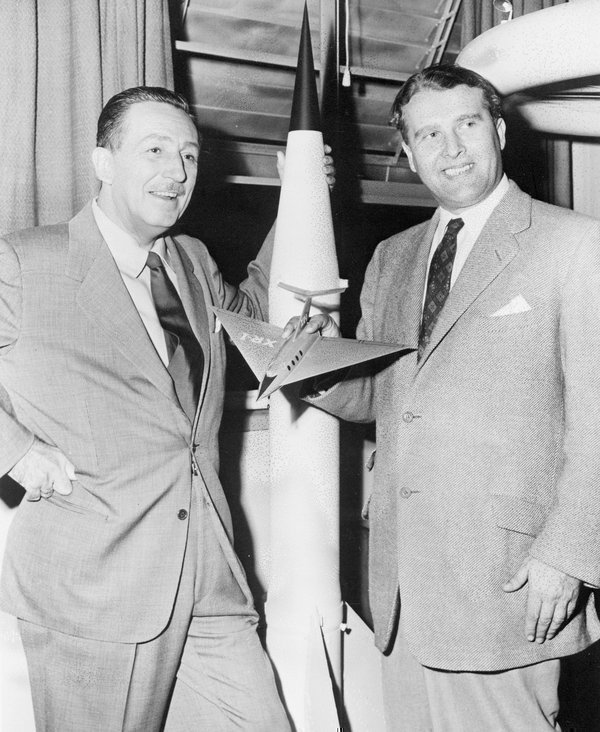'Bright-eyed with vision': Wernher von Braun launched as a celebrity
While most of the rocket scientists from Operation Paperclip did not gather a great deal of public attention, Wernher von Braun became a tireless lobbyist for spaceflight in the United States, publishing popular articles and even collaborating with Walt Disney.
With the launch of Sputnik 1 on October 4, 1957 and the US response with the Explorer 1 satellite on January 31, 1958, von Braun became a celebrity, appearing on the cover of Life and Time magazines within the space of three months. He is portrayed in these articles as a visionary genius driven by the love of pure technology, 'bright-eyed with the dream that gave Germany its V-2 and the U.S. its first orbiting satellite.' (Time, 7 February 1958)
The articles highlight, rather than downplay, his role on the German V-2 rockets, but mostly as an effective technological expert who was occasionally plagued by similar bureaucracy to that which he faced when working for the US Army. Although the articles described him as "thoroughly Americanized," they also recounted his German childhood at length.
Despite the attention being lavished on him, he also offered readers his advice on how to treat an expert: "In Europe, a professor is quite a man. But here, whenever a scientist gains some eminence, they throw rocks at him."
 Previous Story
Previous Story
How to cite this page
Alexander Badenoch, ''Bright-eyed with vision': Wernher von Braun launched as a celebrity', Inventing Europe, http://www.inventingeurope.eu/story/bright-eyed-with-vision-wernher-von-braun-launched-as-a-celebrity





